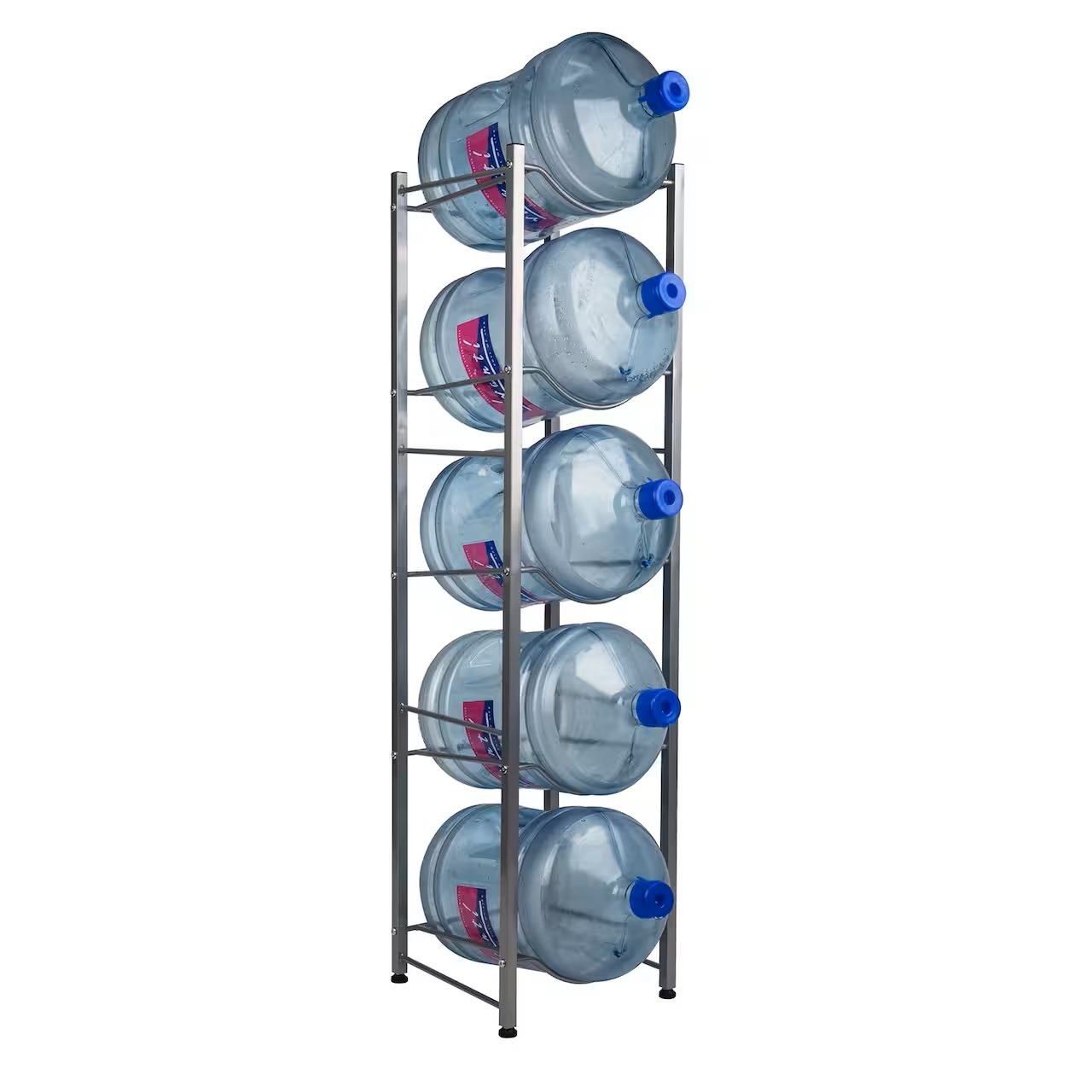

Articles
How To Store 5 Gallon Water Jugs
Modified: May 6, 2024
Discover effective ways to store 5-gallon water jugs with our informative articles. Ensure freshness and longevity for your water supply.
(Many of the links in this article redirect to a specific reviewed product. Your purchase of these products through affiliate links helps to generate commission for Storables.com, at no extra cost. Learn more)
Introduction
Welcome to the world of 5-gallon water jug storage! Whether you’re preparing for emergencies, camping trips, or just want to have a backup water supply, knowing how to properly store your 5-gallon water jugs is essential. In this article, we will guide you through the process of storing water jugs to ensure their longevity and maintain the quality of the water inside.
Having a reliable source of clean water is crucial, especially in situations where access to fresh water may be limited. 5-gallon water jugs are a popular choice for storing water due to their large capacity and durability. However, improper storage can lead to contamination or degradation of the water quality, rendering it unsafe to drink.
By following the steps outlined in this article, you can ensure that your 5-gallon water jugs are stored appropriately, allowing you to have a reliable water supply when you need it most.
So, let’s dive in and explore the various aspects of storing 5-gallon water jugs to keep your water fresh, clean, and ready for use!
Key Takeaways:
- Properly storing 5-gallon water jugs involves assessing the storage area, choosing the right containers, and maintaining water quality. By following these steps, you can ensure a reliable and safe water supply for any situation.
- Implementing a rotation system and regularly replacing stored water is crucial for maintaining freshness and eliminating potential risks. By adhering to a schedule and monitoring water quality, you can be confident in the safety and drinkability of your stored water.
Read more: How To Store Food In 5 Gallon Buckets
Assessing Your Storage Area
Before you start storing your 5-gallon water jugs, it’s important to assess your storage area to ensure it meets the necessary requirements. Here are a few factors to consider:
- Temperature: Choose a storage area with a consistent temperature between 50-70 degrees Fahrenheit (10-21 degrees Celsius). Avoid extreme temperature fluctuations, as they can affect the water quality and integrity of the containers.
- Away from sunlight: Sunlight can promote the growth of algae and bacteria in the water. Select a storage area that is away from direct sunlight, preferably in a cool and dark corner of your home or a dedicated storage room.
- Avoid chemicals: Keep the water jugs away from chemicals, cleaning agents, and strong odors that could potentially contaminate the water, alter its taste, or compromise the integrity of the containers.
- Adequate space: Ensure that you have enough space to store your water jugs safely and securely, without overcrowding. Make sure there is sufficient ventilation to prevent the buildup of moisture, which can lead to mold or mildew.
- Elevation: If possible, store your water jugs off the ground to prevent them from coming into contact with dirt, dust, or pests. You can use sturdy shelves, pallets, or storage racks to elevate the containers.
By conducting a thorough assessment of your storage area, you can identify any potential risks or issues that may impact the quality of your stored water. Taking the time to create an optimal storage environment will ensure that your 5-gallon water jugs remain safe, clean, and ready for use when you need them.
Choosing the Right Storage Containers
When it comes to storing your 5-gallon water jugs, selecting the right storage containers is crucial for maintaining water quality and maximizing longevity. Here are some factors to consider when choosing the containers:
- Material: Opt for food-grade containers made of high-quality materials such as BPA-free plastic or stainless steel. These materials are safe for storing water and will not leach harmful chemicals into the water over time.
- Sealing mechanism: Look for containers with secure and reliable sealing mechanisms. This will prevent any contamination from entering the container and ensure that the water remains clean and safe for consumption.
- Durability: Choose containers that are sturdy and durable, able to withstand the weight of a filled 5-gallon water jug. This will minimize the risk of the container cracking or breaking, potentially leading to water leakage or contamination.
- Transparency: Opt for containers that are transparent or have a clear window, allowing you to easily monitor the water level and check for any signs of contamination or sediment buildup.
- Stackability: If you have limited storage space, consider containers that are stackable. This will help optimize space and allow for efficient organization of your water storage area.
It’s important to note that storing water in its original 5-gallon container is generally not recommended. The plastic used in those containers may not be intended for long-term storage and can degrade over time, potentially affecting the water quality. Instead, use dedicated storage containers specifically designed for long-term water storage.
By choosing the right storage containers, you can ensure that your 5-gallon water jugs are adequately protected, maintaining the quality and safety of the water inside. Remember to clean your storage containers thoroughly before initial use to remove any residue or impurities.
Preparing the Water Jugs for Storage
Properly preparing your 5-gallon water jugs before storage is essential to ensure the longevity of the containers and maintain the quality of the water. Here are some necessary steps to follow:
- Clean and sanitize: Thoroughly clean the water jugs before filling them with water. Use warm water and mild dish soap to remove any dirt, residue, or impurities. Rinse the jugs thoroughly to ensure no soapy residue remains. To sanitize the jugs, you can use a diluted bleach solution (1 teaspoon of bleach per gallon of water). Fill the jugs with the solution, let it sit for a few minutes, then rinse thoroughly with clean water.
- Inspect for damages: Before filling the jugs, inspect them for any damages or cracks. If you notice any signs of damage or the containers are not in optimal condition, it’s best to replace them to prevent water leakage or contamination.
- Label and date: It’s a good practice to label each water jug with the date of filling. This will help you keep track of the rotation and ensure that you consume the oldest water first.
- Fill the jugs: Fill the water jugs with clean, potable water from a trusted source. If you have access to tap water, it’s recommended to use a water filter to remove any impurities or contaminants. Fill the jugs to their maximum capacity, leaving minimal headspace.
- Secure the lids: Ensure that the lids of the water jugs are tightly secured to prevent any leakage or contamination. Double-check the seals to make sure they are intact and in good condition.
By following these preparation steps, you can ensure that your 5-gallon water jugs are clean, sanitized, and ready to be stored. Proper cleaning and preparation will help preserve the water quality and minimize the risk of any contaminants entering the containers.
Store 5 gallon water jugs in a cool, dark place away from direct sunlight to prevent algae growth. Keep them off the ground to avoid contamination.
Storing the 5-Gallon Water Jugs Properly
Once you have prepared your 5-gallon water jugs, it’s time to store them properly to maintain their integrity and ensure the longevity of the water. Here are some important considerations for storing your water jugs:
- Positioning: Store the water jugs in an upright position to prevent any potential leakage. Placing them horizontally or at an angle can increase the risk of water seepage or damage to the containers.
- Stability: Make sure the water jugs are placed on a stable and flat surface. This will prevent them from accidentally tipping over, which could cause damage or spillage.
- Organize systematically: Arrange the water jugs in a systematic order, ensuring easy access and rotation. Labeling the jugs with the date of filling can help you identify which ones need to be used first.
- Avoid contact with chemicals: Keep the water jugs away from any chemicals, cleaning agents, or materials that may produce odors or interact with the plastic containers, potentially contaminating the water.
- Protect from extreme temperatures: Avoid storing the water jugs in areas susceptible to extreme temperatures. High temperatures can degrade the plastic containers, while freezing temperatures can cause them to crack or expand, resulting in leaks.
- Avoid direct sunlight: Store the water jugs in a cool, dark area away from direct sunlight. Sunlight can promote the growth of algae, bacteria, or other microorganisms that may compromise the water quality.
- Regular inspections: Periodically inspect the water jugs for any signs of damage, leakage, or contamination. If you notice any issues, replace the affected container immediately to maintain the integrity of your stored water.
By following these guidelines, you can ensure that your 5-gallon water jugs are stored securely and in optimal conditions. This will help preserve the water quality and ensure that you have a reliable and safe water supply when you need it.
Read more: How To Store Water In 55 Gallon Drums
Maintaining Water Quality
Maintaining the quality of the water stored in your 5-gallon water jugs is essential to ensure its safety and drinkability. Here are some important steps to help you maintain water quality:
- Keep it sealed: Ensure that the lids of your water jugs remain tightly sealed at all times. This will prevent any contaminants from entering the containers and compromising the water quality.
- Monitor for signs of contamination: Regularly inspect the water for any signs of discoloration, cloudiness, or unusual odors. If you notice any changes, it’s best to dispose of the water and clean the containers thoroughly before refilling.
- Avoid cross-contamination: When using water from the jugs, be cautious not to contaminate the remaining water in the container. Use clean cups or dispensing mechanisms to avoid introducing any bacteria or debris into the jug.
- Minimize exposure to air: When accessing the water, try to minimize the amount of time the jug is open to the air. This will help prevent the growth of bacteria or other microorganisms in the water over time.
- Store away from chemicals: Avoid storing the water jugs near any chemicals, fertilizers, or cleaning agents that could potentially contaminate the water or affect its taste and quality.
- Regularly clean and sanitize: Every 3-6 months, empty the water jugs, clean them thoroughly with warm water and mild dish soap, and rinse them well. You can also sanitize the containers with a diluted bleach solution (1 teaspoon of bleach per gallon of water) and rinse thoroughly before refilling.
- Consider using water preservatives: If you anticipate storing water for an extended period, you can use water preservatives specifically designed for long-term water storage. These additives can help prevent the growth of bacteria, algae, and other contaminants.
By following these practices, you can help maintain the quality and safety of the water stored in your 5-gallon jugs. It’s important to conduct regular inspections, clean the containers periodically, and be vigilant for any signs of contamination or degradation of the water quality.
Rotating and Replacing Stored Water
Rotating and replacing the water stored in your 5-gallon jugs is crucial to ensure that you always have a fresh and safe water supply. Here are some guidelines to help you manage this process:
- First in, first out: Implement a “first in, first out” system for your stored water. This means using the oldest water first and continuously replenishing your supply with fresh water.
- Set a schedule: Establish a schedule for rotating and replacing the water in your jugs. Depending on storage conditions and water preservatives used, it is generally recommended to rotate the water every 6-12 months.
- Check for expiration dates: If you’re using water preservatives, check the expiration dates and follow the manufacturer’s instructions for replacement. Expired preservatives may not be as effective in maintaining water quality.
- Regularly consume and refill: Incorporate the stored water into your daily routine. Use it for drinking, cooking, and other everyday needs. As you use the water, make sure to refill the containers with fresh water.
- Monitor taste and odor: Periodically taste and smell the stored water to ensure it meets your quality standards. If you notice any off-flavors or unusual odors, it may be an indication that it’s time to replace the water and clean the containers.
- Dispose of old water properly: When replacing the water, consider using it for non-potable purposes such as watering plants, cleaning, or other household tasks. Avoid pouring it directly into the sewage system to prevent overwhelming the drains.
By implementing a routine for rotating and replacing your stored water, you can ensure that it remains fresh, safe, and ready for use. Regularly monitoring the quality of the water and adhering to a schedule will help you maintain a reliable supply of clean water in case of emergencies or unforeseen circumstances.
Conclusion
Properly storing 5-gallon water jugs is essential for ensuring a reliable and safe water supply. By assessing your storage area, choosing the right containers, and preparing the water jugs correctly, you can maintain the integrity and quality of the stored water.
Remember to store the water jugs in a cool, dark area away from direct sunlight, chemicals, and extreme temperatures. Regularly inspect the containers for any signs of damage or contamination, and sanitize them periodically to preserve water quality.
Incorporating a rotation system and regularly replacing the stored water will help ensure freshness and eliminate any potential risks. By following these guidelines, you can be confident in the safety and drinkability of your stored water.
Whether you’re preparing for emergencies, outdoor adventures, or simply want to have a backup water supply, proper storage of 5-gallon water jugs is essential. By taking the necessary steps to preserve water quality, you can have peace of mind knowing that you are prepared for any situation.
So, go ahead and implement these practices to store your 5-gallon water jugs correctly, safeguard your water supply, and enjoy the convenience of having clean and safe water available whenever you need it.
Now that you've got the basics down for storing 5-gallon water jugs, why not take your preparedness to the next level? Our next feature focuses on the optimal solutions for water storage, gearing you up for 2024 and beyond. You'll find practical advice on securing your water supply in various conditions, ensuring peace of mind no matter what comes your way. So, don't miss out on securing the future of your water storage needs. Dive into our detailed guide and stay prepared!
Frequently Asked Questions about How To Store 5 Gallon Water Jugs
Was this page helpful?
At Storables.com, we guarantee accurate and reliable information. Our content, validated by Expert Board Contributors, is crafted following stringent Editorial Policies. We're committed to providing you with well-researched, expert-backed insights for all your informational needs.
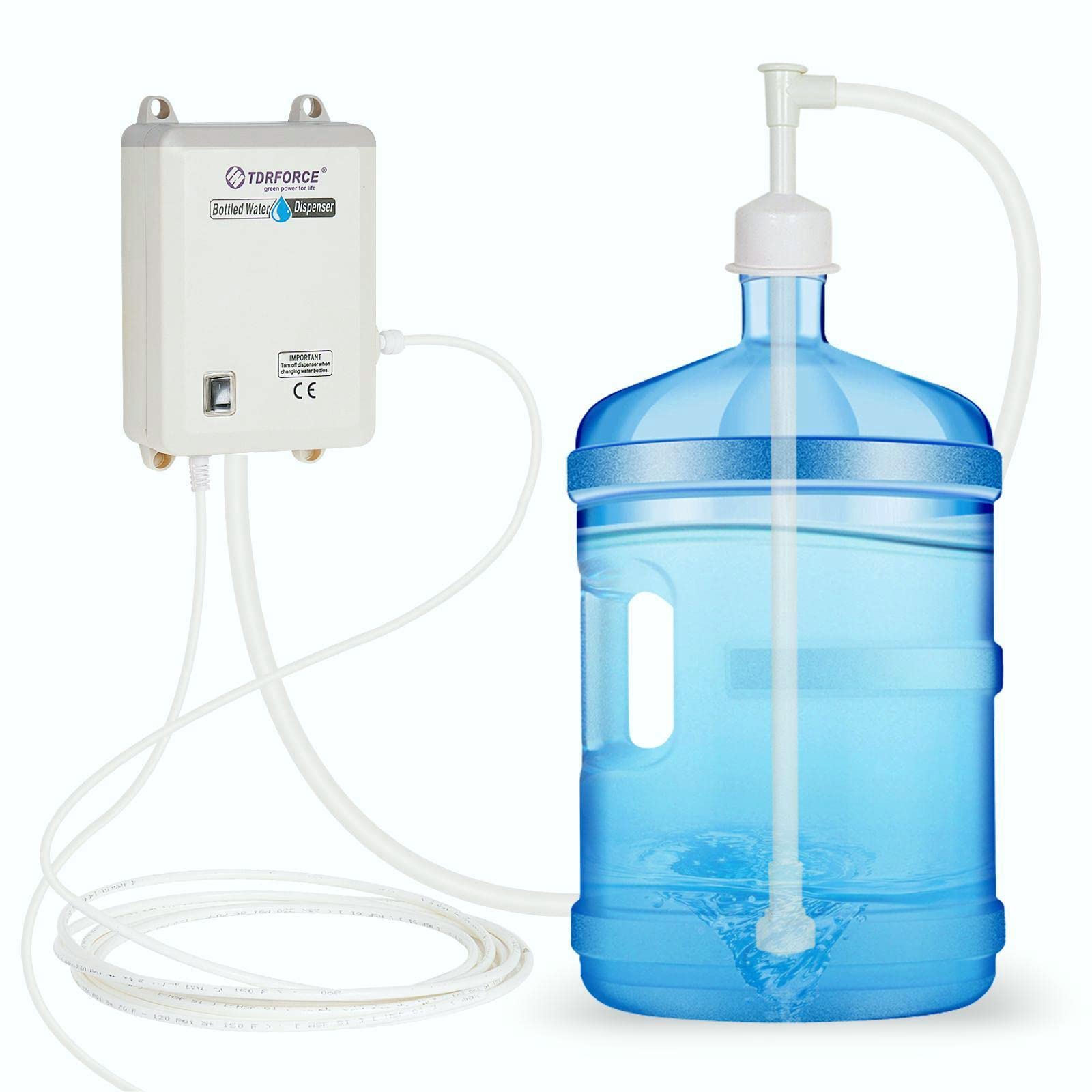
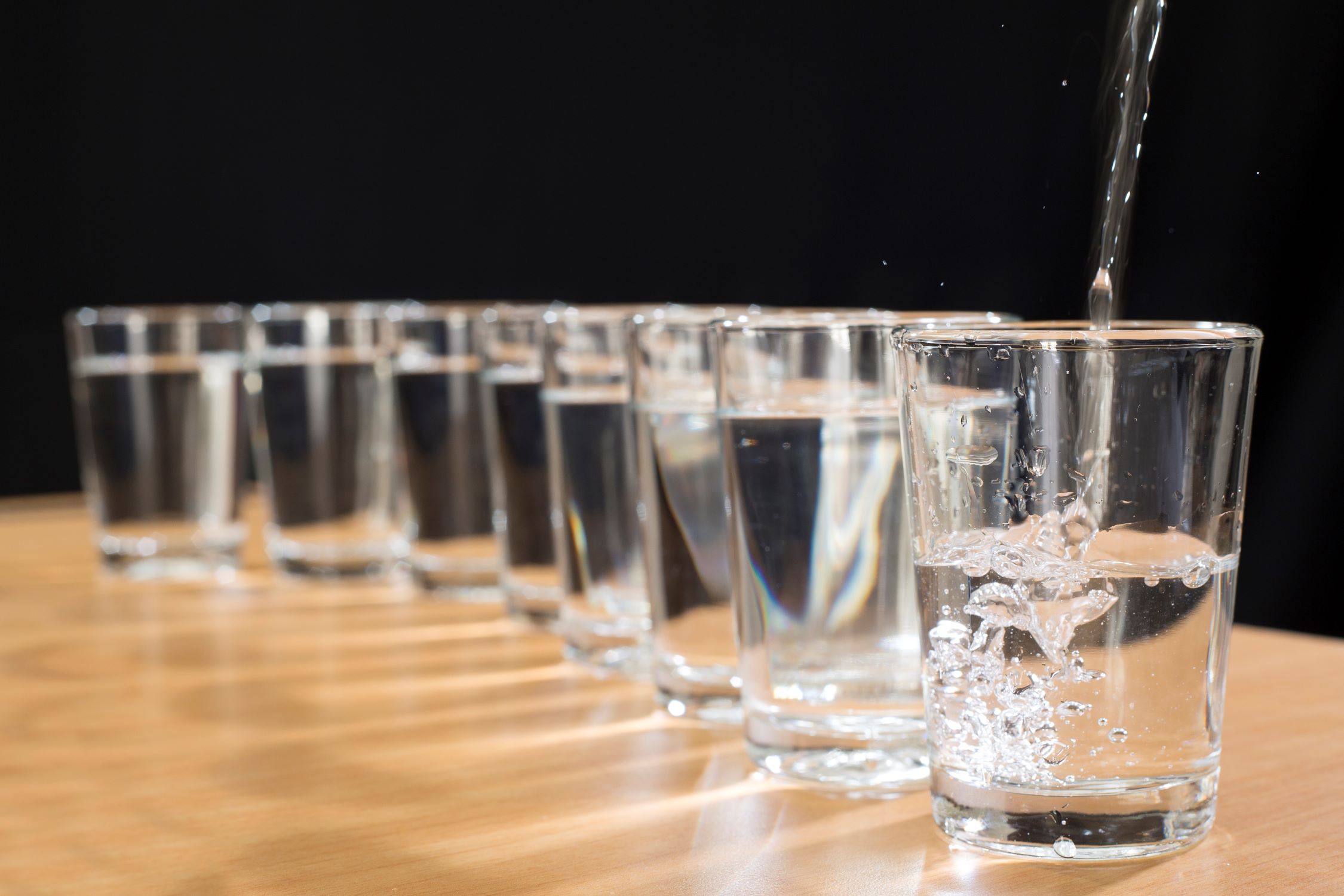
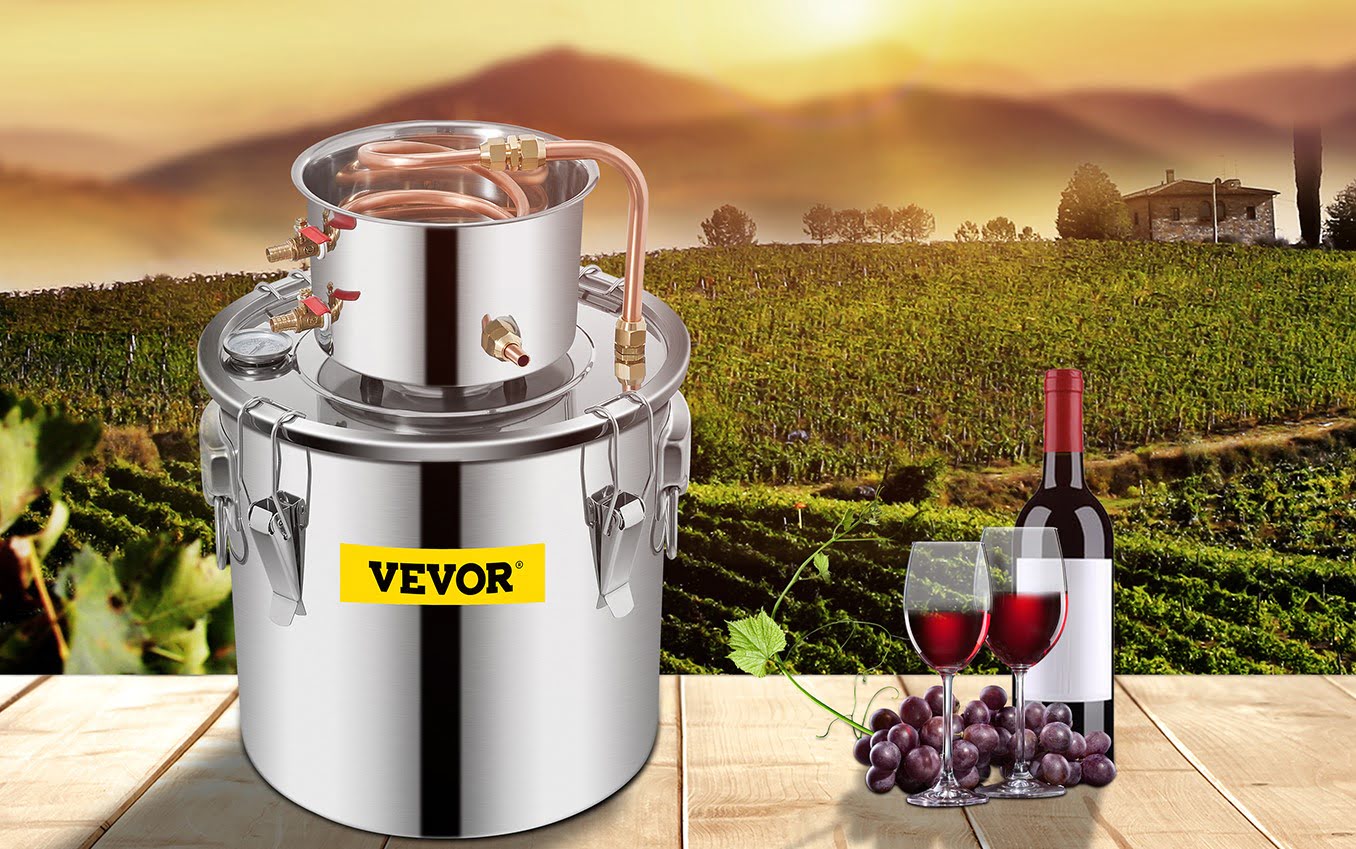
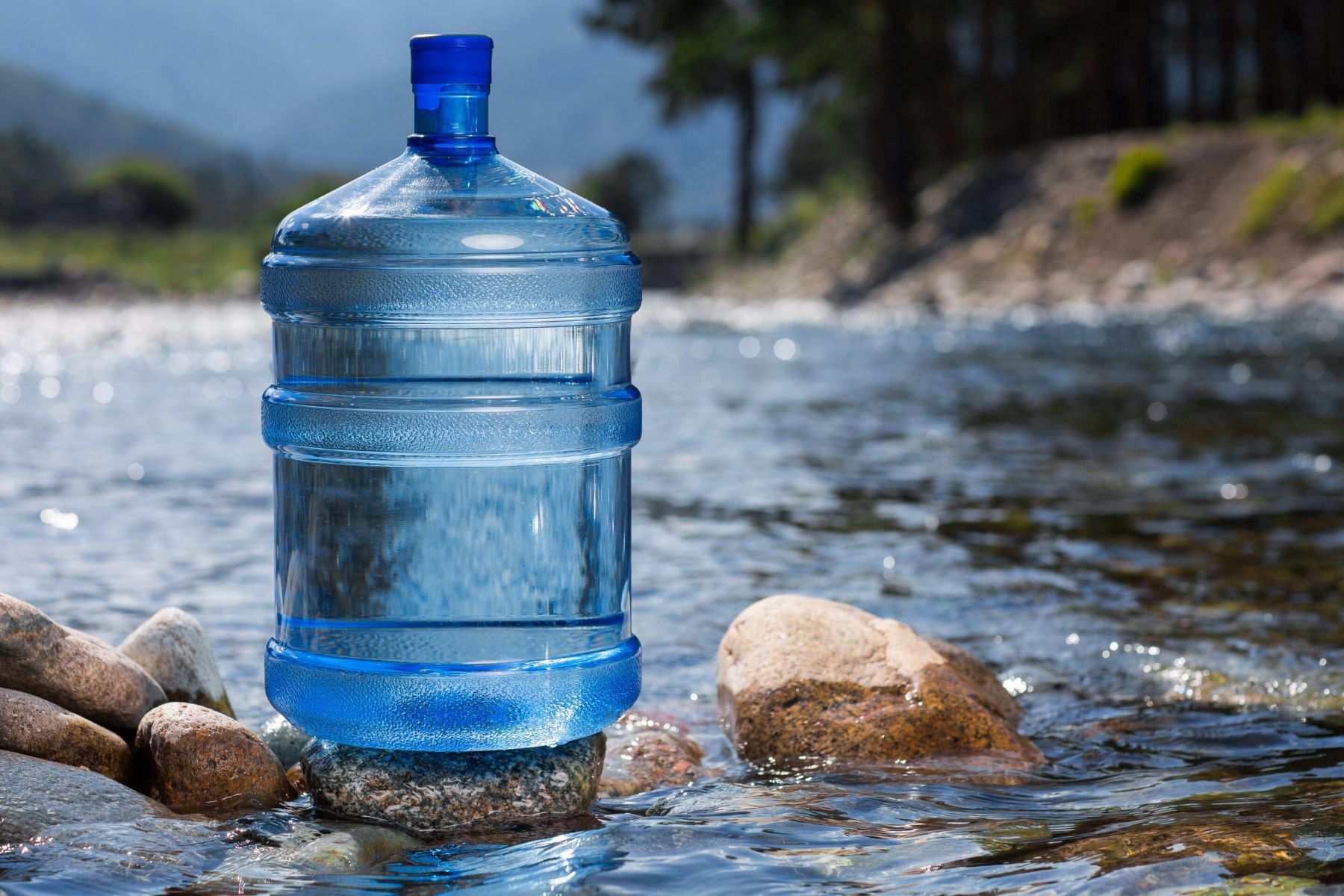
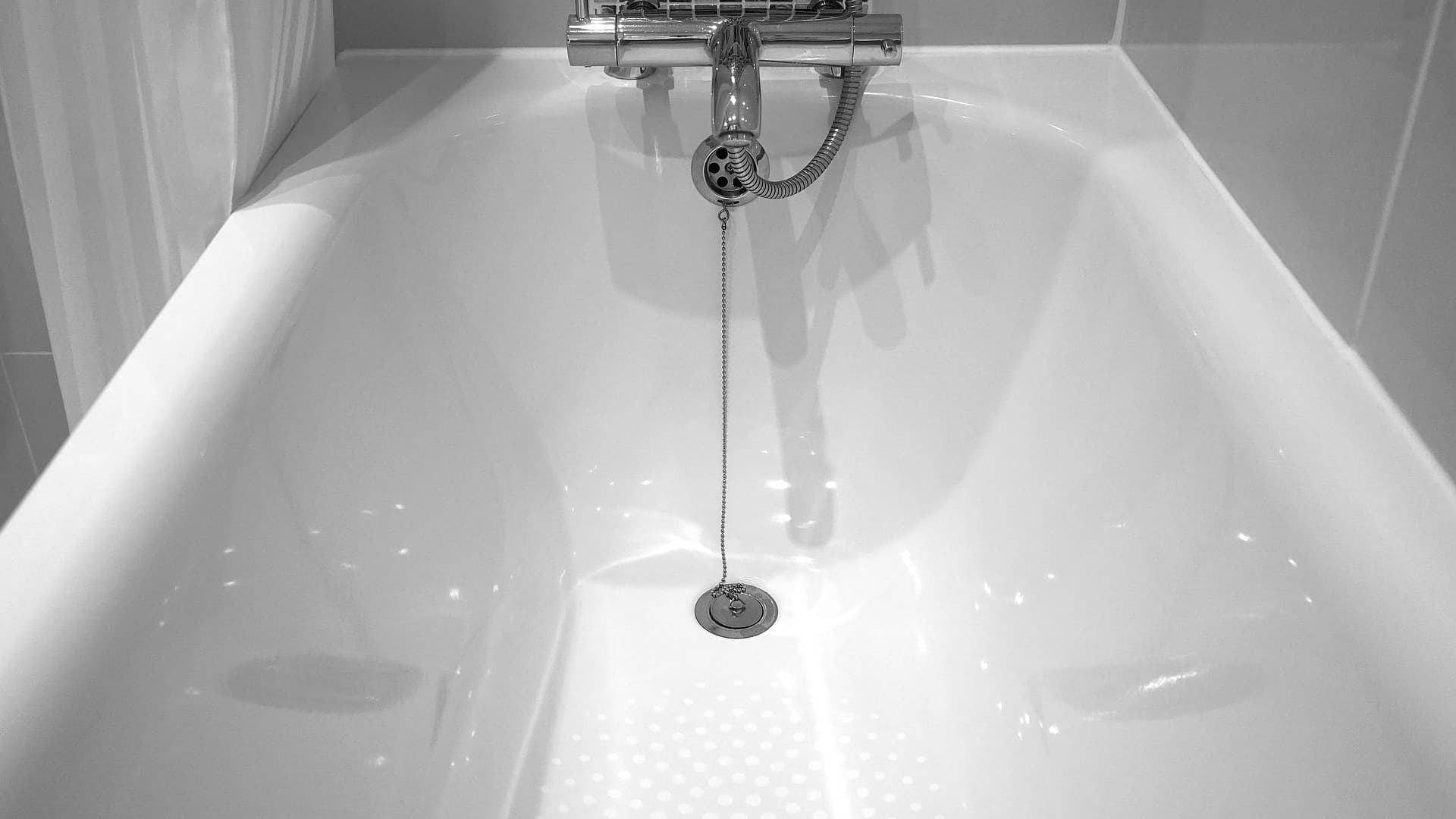
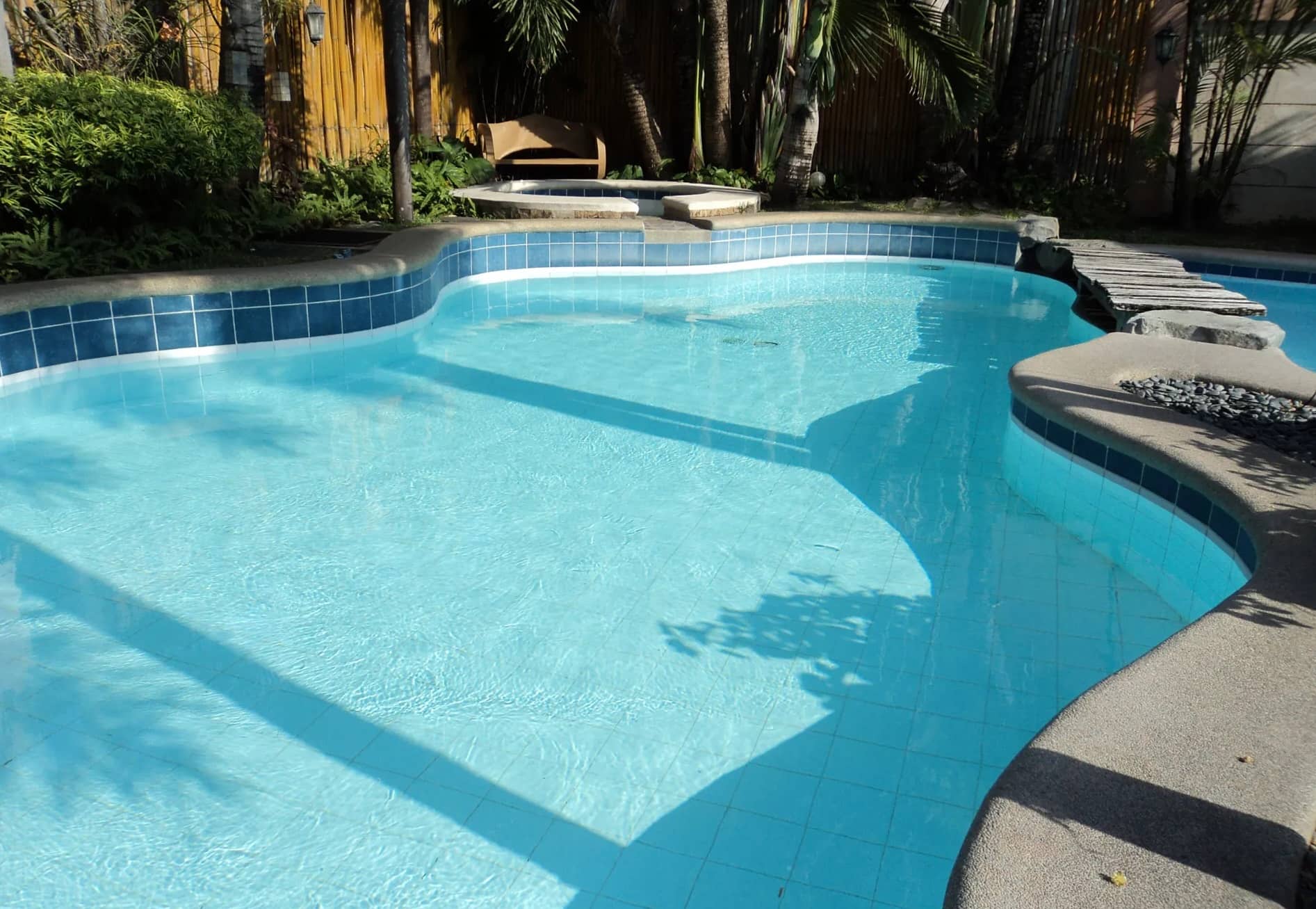
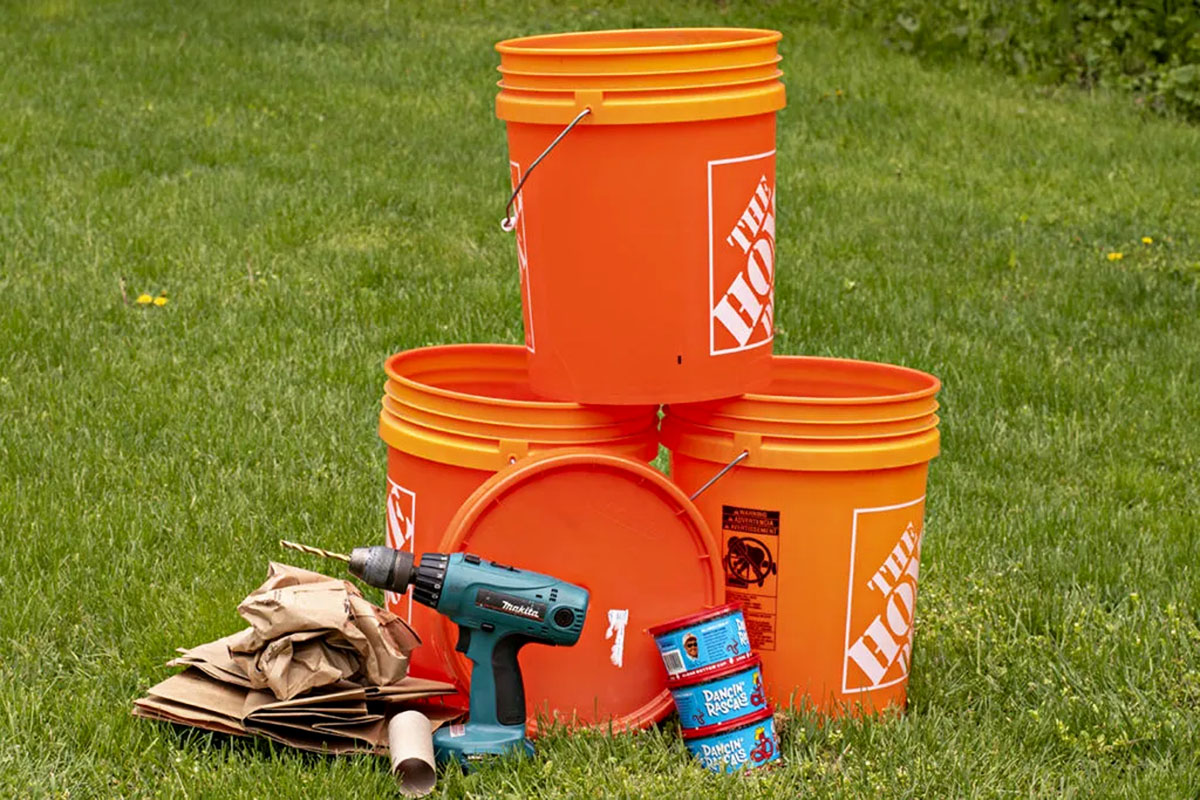
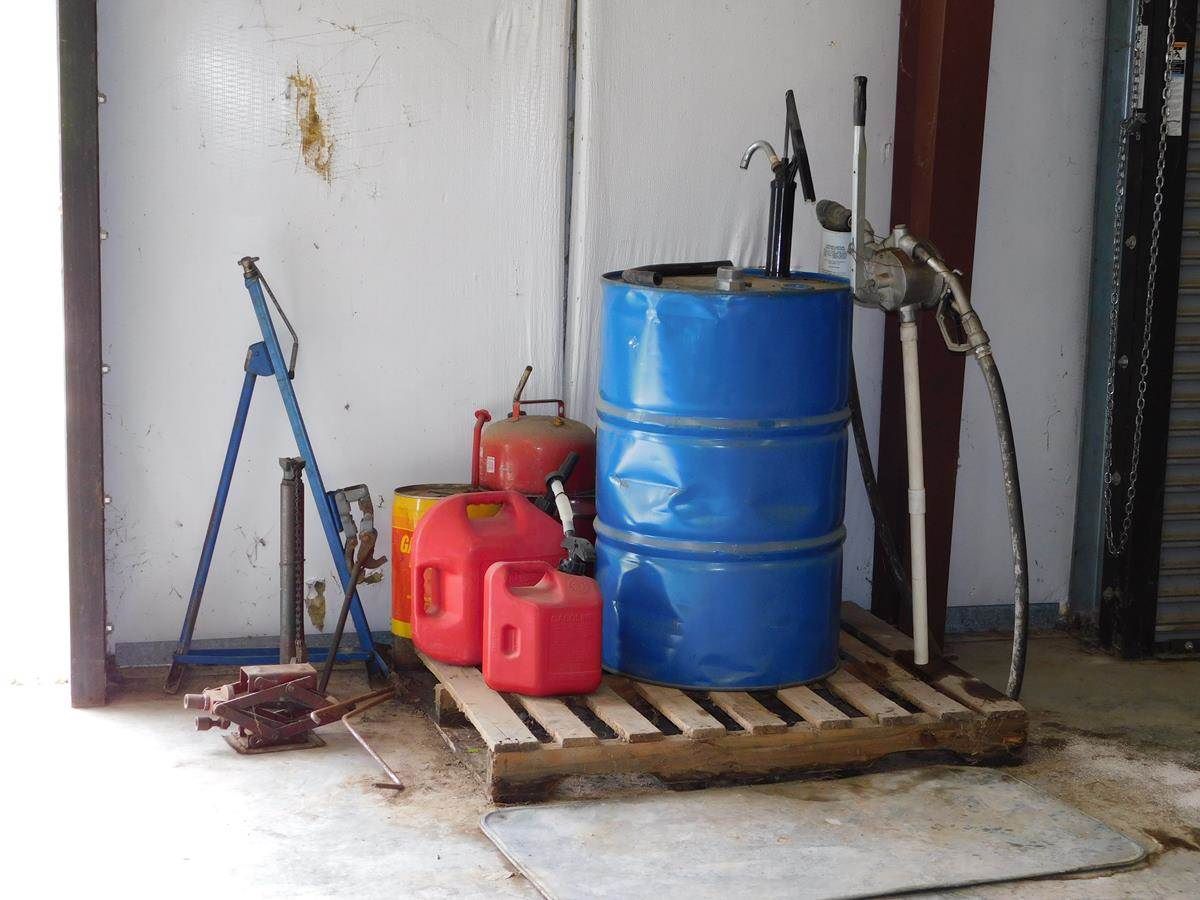
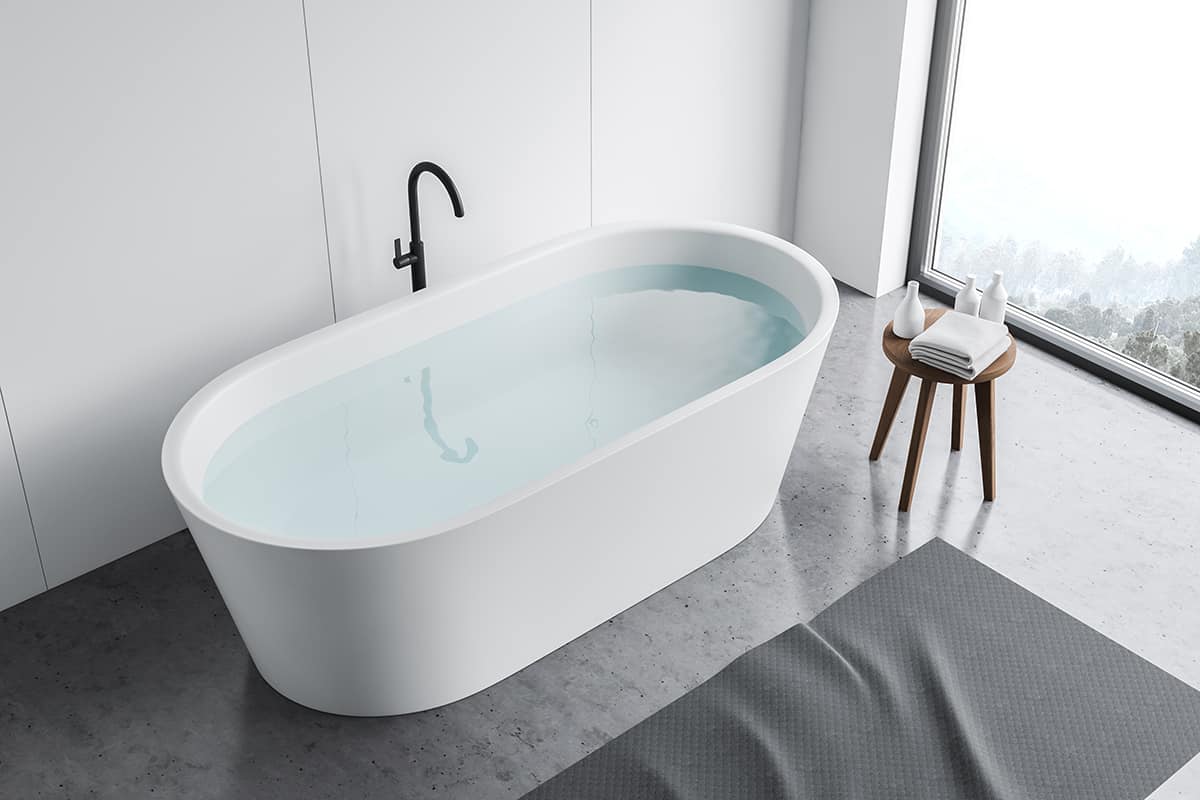

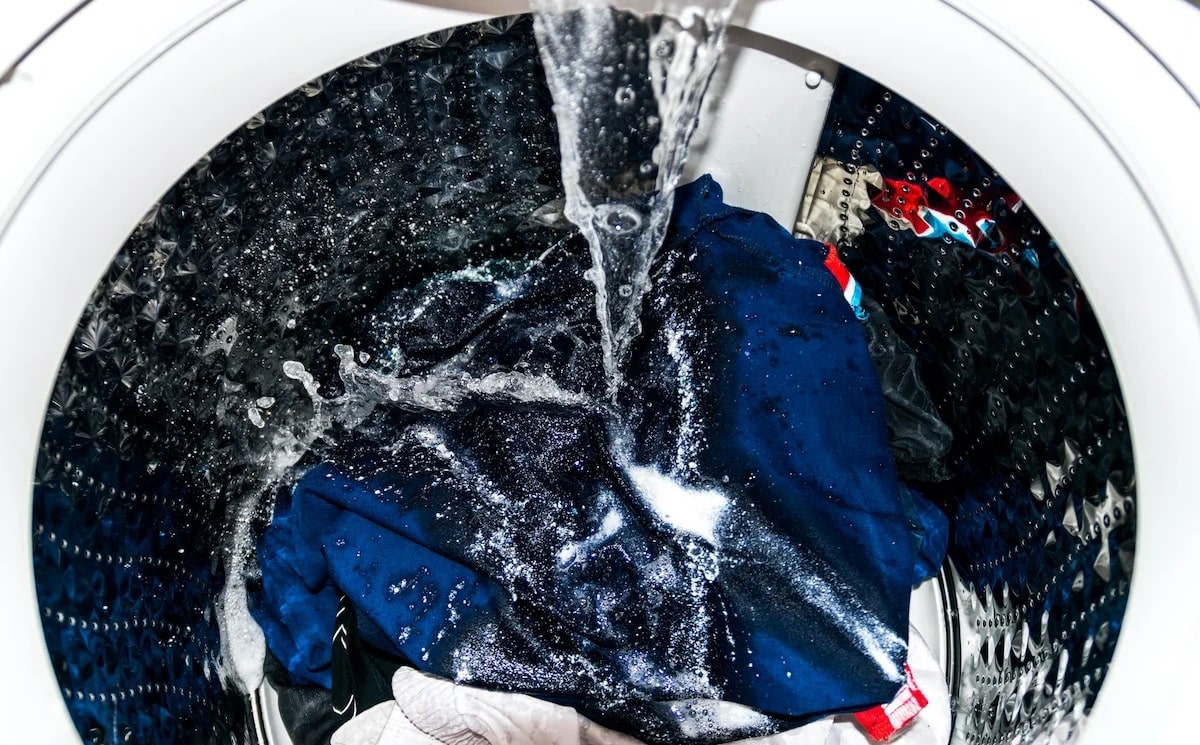
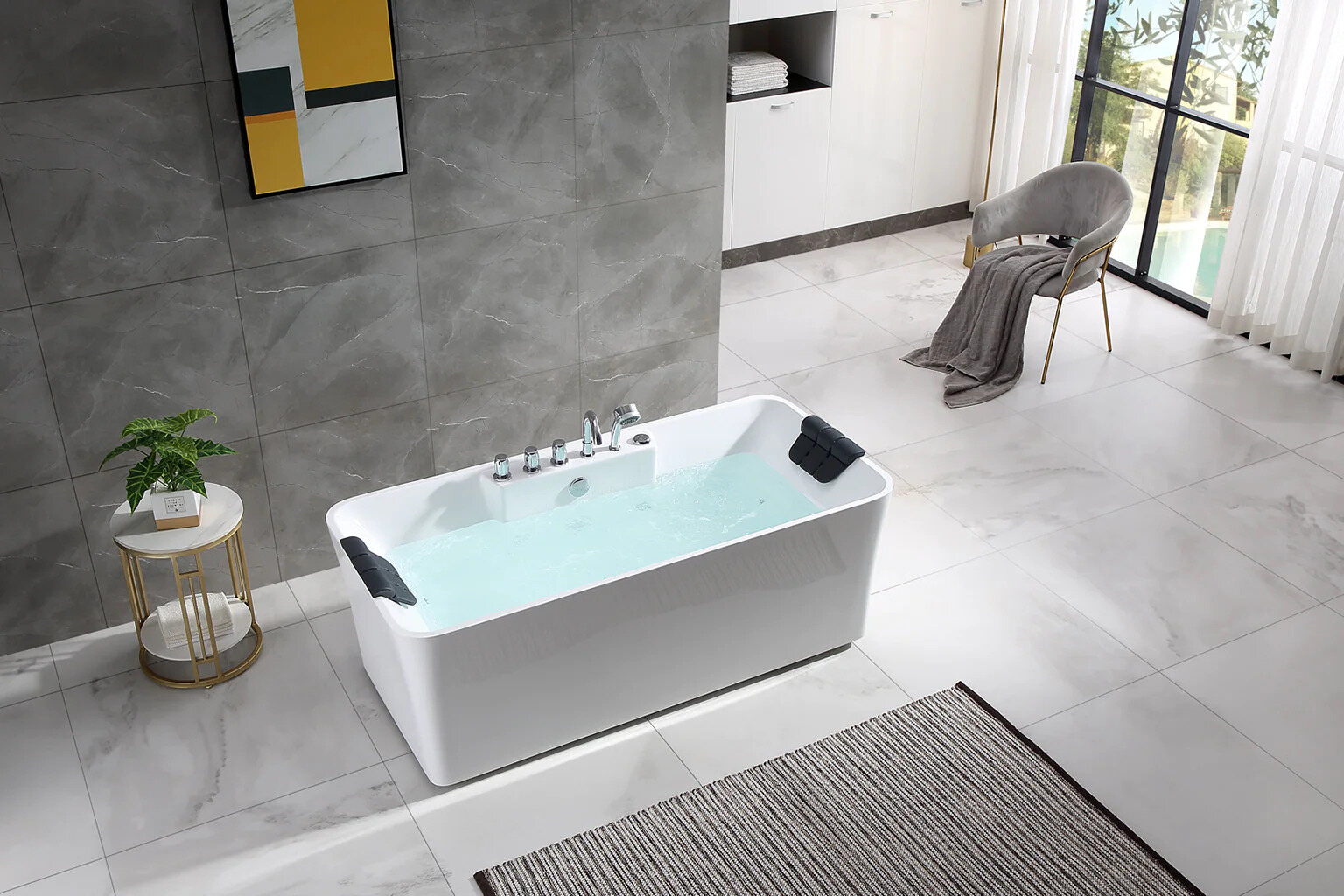
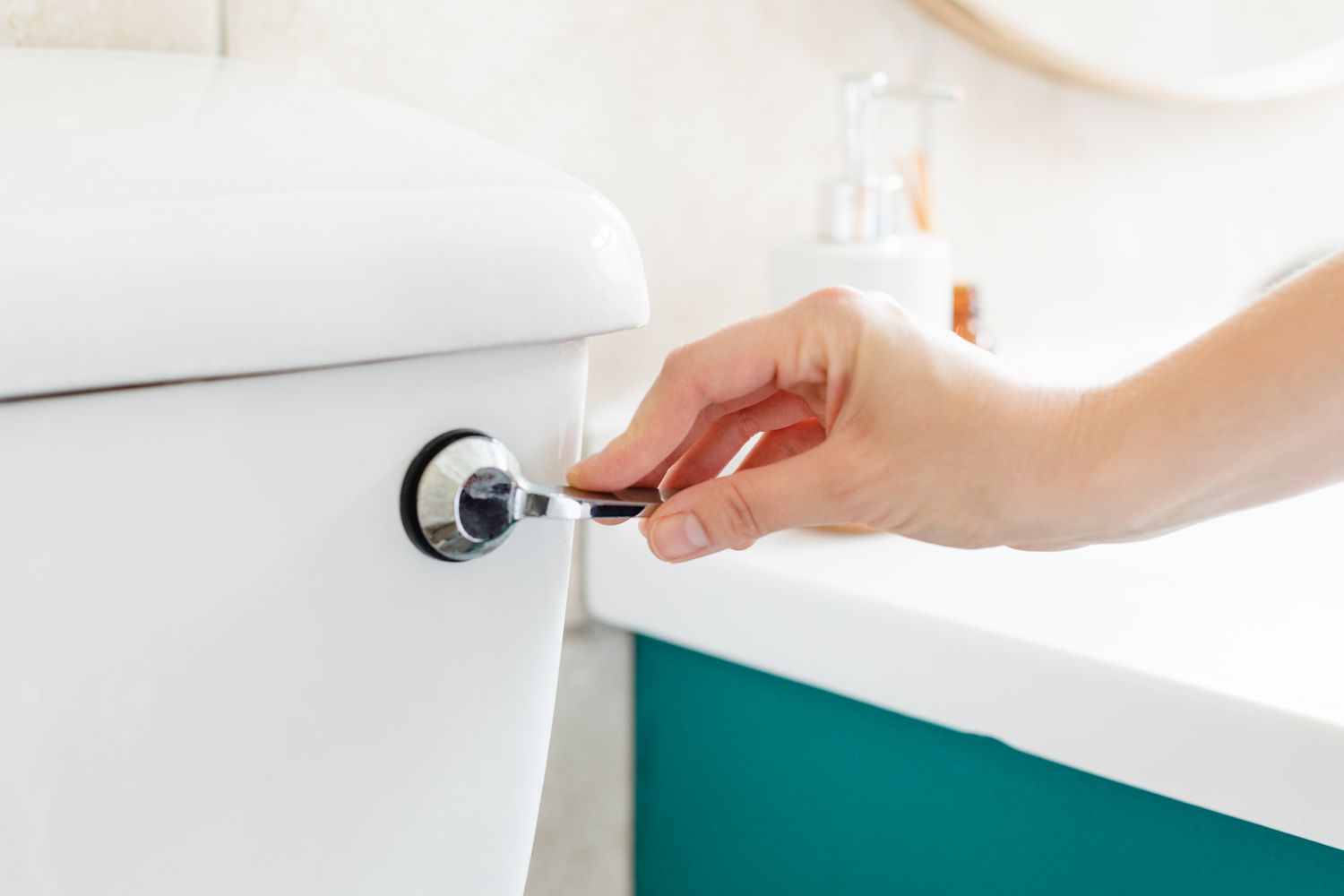
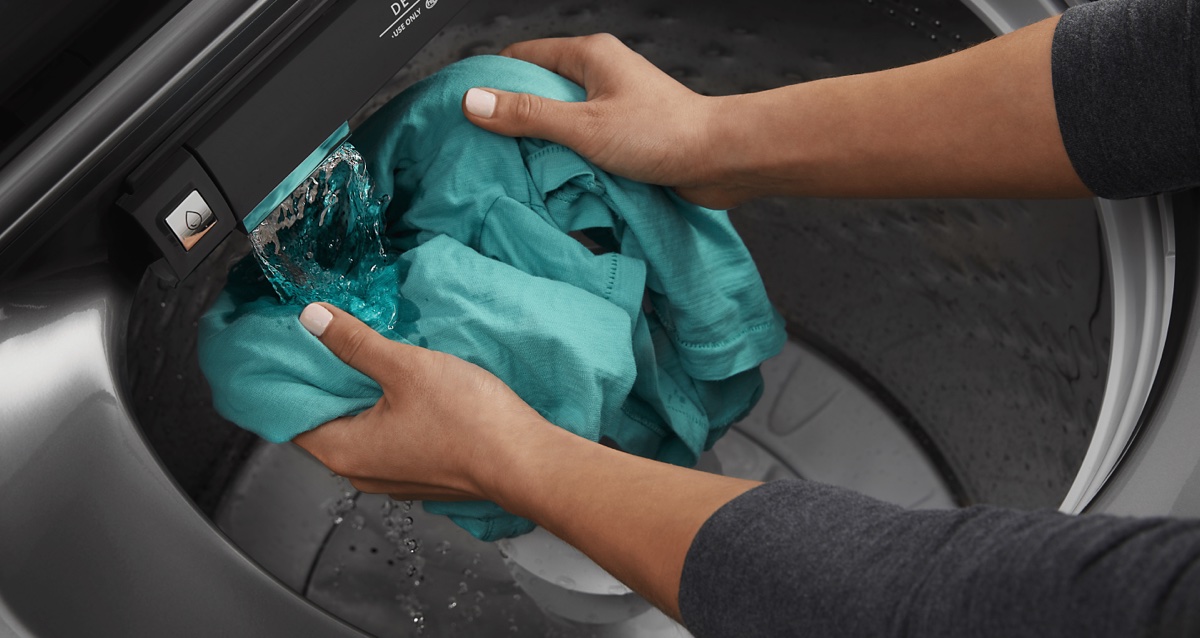

0 thoughts on “How To Store 5 Gallon Water Jugs”